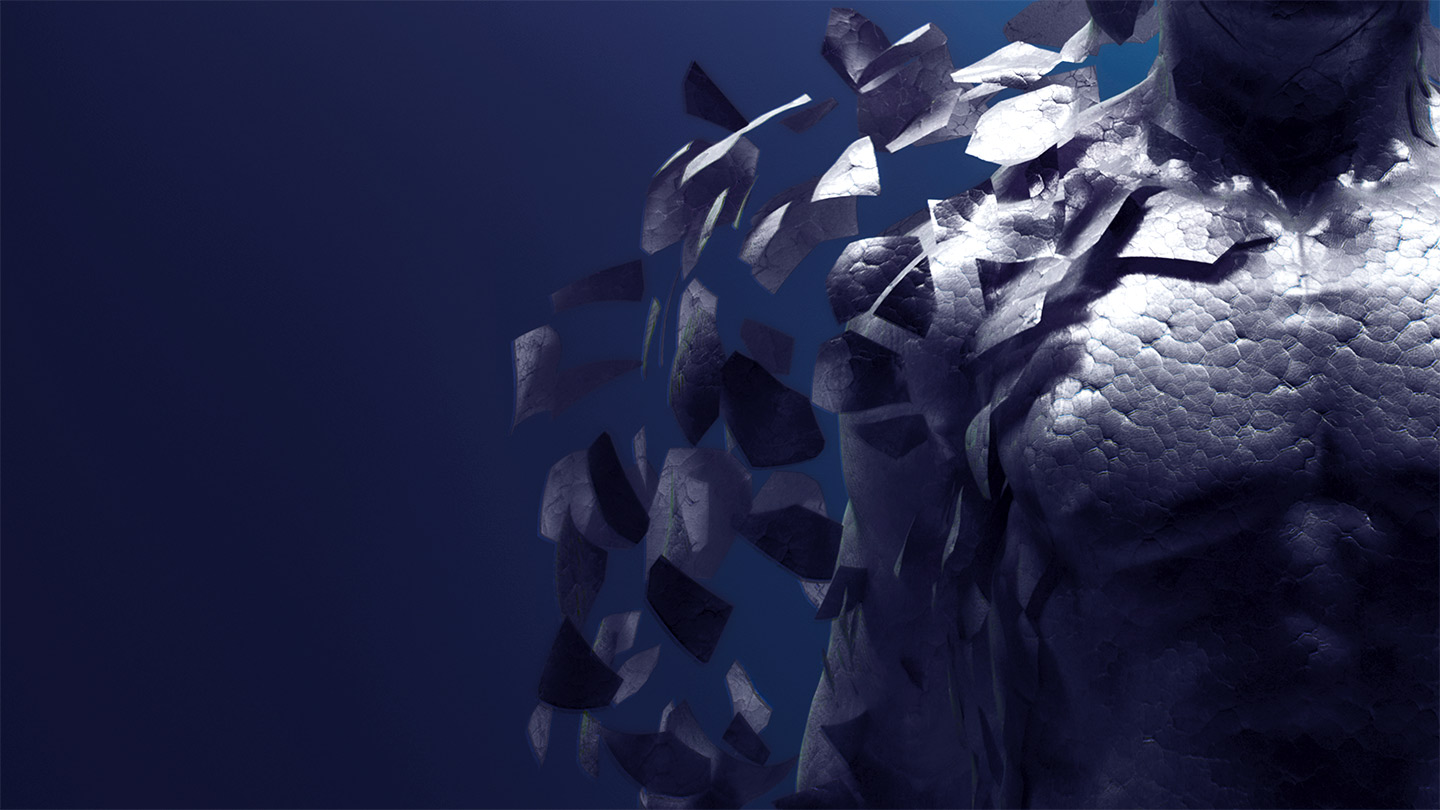The de-aging of Hollywood: How deepfakes are keeping us young
Hollywood has always been obsessed with age. Now, with the rise of deepfakes and the continual technological advancements happening in that area, they can finally fulfill their quest to keep Hollywood young, or at least on screen anyway.
Previously, we explored the use of deepfakes for entertainment purposes and the artistry behind them. When digital humans or de-aging is executed well, these characters can enhance the narrative of a film or TV show, thanks to the work of highly skilled artists.
Dawn of the De-aged
However, this brings about concerns surrounding the implications of the process. De-aging can often be jarring to a viewer and distract their attention away from the story itself, especially if it is used posthumously or if the work doesn’t achieve the desired effect.

Take The Irishman as an example. Scorsese’s latest epic sees Robert DeNiro, Al Pacino and Joe Pesci all de-aged to their youth, despite being in their 70s. It cannot be denied that the technical work and artistry that has gone into the film is incredible, especially when taking into account the absence of head cameras or motion capture equipment used during filming—a well-established de-aging technique.
Instead, ILM, the creative minds behind the film, established a new technology that would ensure the integrity of the actor’s performances were maintained. To do so, the team compiled a new camera rig, consisting of one main camera surrounded by two infrared, witness cameras that captured the volumetric information normally picked up by dots on actors’ faces. The infrared captures removed the shadows from a shot and offered different points-of-view of the performances, further allowing for the team to create more accurate 3D translations.
This was then added to by the use of FLUX, a facial light component that analyzed the performances captured on set. As humans, the muscles in our faces are always moving and contracting, changing the way the blood flows—it is what gives us life. It was vital for the team to capture this, to stop the characters becoming empty vessels. FLUX captures these intricate details that could not have been possible if it had been done by hand. It evaluates how light hits different parts of the face, the shadows it creates and the subtle nuances that make us humans.
Whilst this process is by all means impressive and paves the way for perfecting the de-aging process for the industry, it still has its downfalls. The most jarring being the age of the actors. While their faces have been made to look like they are in their 20s/40s and so on, with the absence of body doubles, their movements still reflect those of a 70-year-old. It doesn’t matter how well you’ve aged, the fact remains that your body and the way it moves changes, differing greatly from your younger self.
While it is perhaps an easy aspect to overlook, there are moments in the film where it is particularly jarring—the most infamous being a scene that shows a younger Frank Sheeran (DeNiro) beating up a grocery store clerk. While DeNiro looks young facially, he moves like a 70-year-old man. It makes what should be a shocking scene almost comical because of the stilted contrast between his face and body. The scene looks out of place and, consequently, causes a rift between the viewer and the narrative, breaking the Holy Grail of de-aging: the uncanny valley.

An Ethical Dilemma
With this being said, it is clear that de-aging is quickly becoming a norm in the industry, with developments in the tech happening at pace. Last year alone, there were six cinema releases including Terminator: Dark Fate, Captain Marvel, and Gemini Man that used a form of the de-aging process; a testament to its in vogue status.
This, consequently, brings an increase in concerns regarding the moral and ethical issues surrounding de-aging and deepfakes. A majority of the concerns derive from the current phase sweeping Hollywood: bringing beloved stars back from the dead on screen.
Originating with Star Wars: Rogue One in 2016, audiences saw the resurrection of not one, but two old faces: Peter Cushing and Carrie Fisher. The inclusion of these characters can be questioned, as they harbor an almost soulless nature about them, coming across “morbid and off-putting”, and their presence being more jarring than enjoyable—a failure that occurs with many deepfakes.

Magic City Films are now taking this one step further.
In their upcoming release Finding Jack, they’ve controversially “cast” James Dean in the role of Rogan, 65 years after his death in 1955. As their argument stands, Rogan has such a complex character arc that they couldn’t find anyone else that would be able to take on the role. It seems hard to believe that creating a wholly digital person is easier, and cheaper, than finding a living actor to play the part. In that respect, it almost feels like more of a publicity stunt or marketing ploy to gain interest behind the film.
It begs the question: just because we can do it, does it mean we should?
After all, we’re talking about the possibility of tarnishing the reputation of someone who has been dead for a long time. Plus, there’s the added chance that if Dean was alive today, that he wouldn’t even want to take on the role, despite claims from the production company he would. So, is it morally right to bring someone back from the dead without their permission? And what’s more, make them talk and act in any way we deem appropriate?
The Future is Now
Moral and ethical issues aside, the fact remains that there’s an appetite in Hollywood for de-aging, and it’s on the VFX industry to sate this new trend. The questionable intent and application of de-aging in films does not undermine the artistry needed to make it a viable option in the first place. If anything, the developments in de-aging are a testament to the painstaking R&D efforts of leading VFX studios, and the work and skill of VFX artists that inhabit these—large and small.
